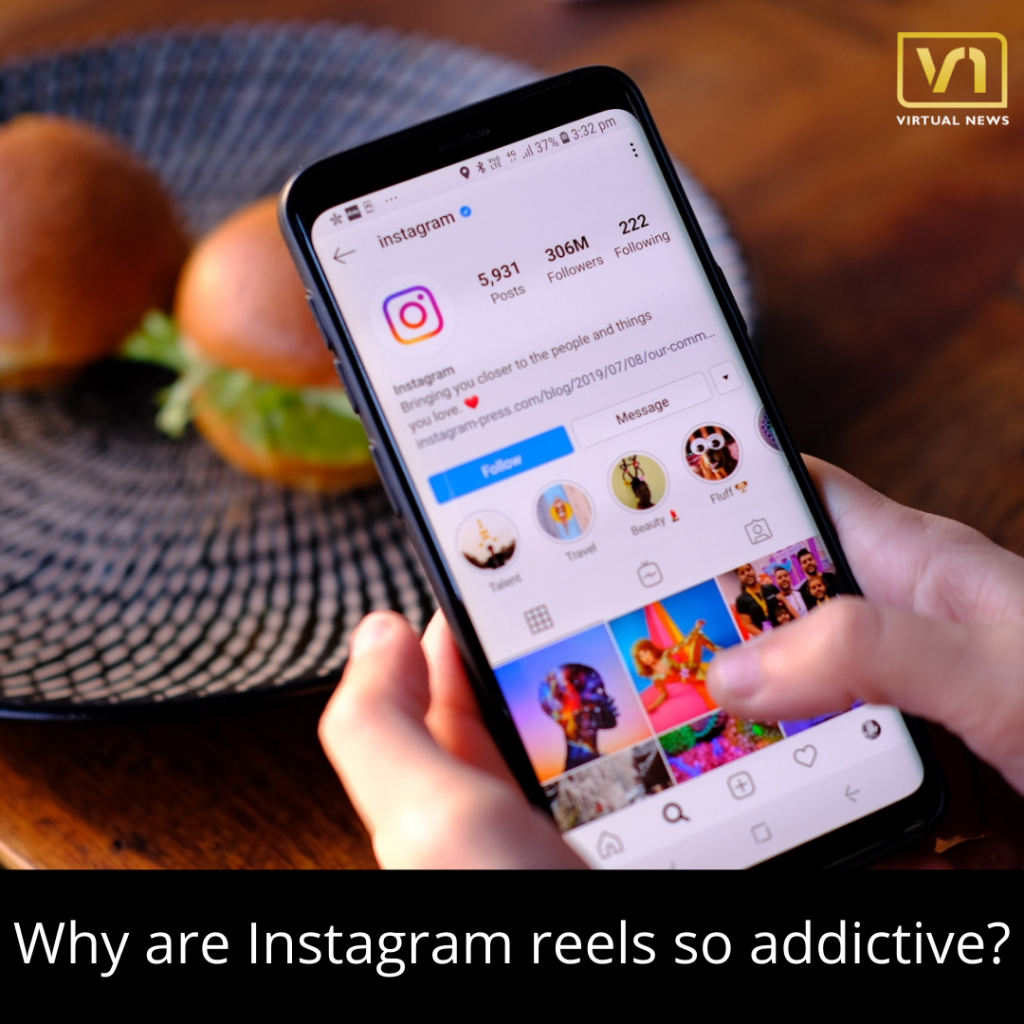In a study conducted in 2016, the average human attention span is now eight seconds, which is two seconds less than that of a goldfish. One reason for the decline is the increased consumption of information.
According to Philipp Lorenz-Spreen of Max Planck Institute for Human Development, “Content is increasing in volume, which exhausts our attention and our urge for ‘newness’ causes us to collectively switch between topics more regularly. Hence, these platforms have created this format that precisely fits this time frame. On Instagram reels, you can scroll through millions of 10-15 seconds long videos effortlessly.”
After attention, these platforms target the reward system of the user. Necessities and rewards drive the actions of human beings. Our brain feels rewarded when an action or behavior gives us pleasure. Information is also one such commodity that brings rewards.
The internal reward system is triggered by a neurotransmitter called Dopamine. It is the chemical that mediates pleasure in the brain. It is released during pleasurable situations and stimulates one to seek a gratifying activity or occupation.
Effects on the mind
So, Dopamine creates a feedback loop that pushes individuals to redo the actions that gave them pleasure. This process is seen in many addictions and now in reels. So when a user doesn’t like a video, they will constantly scroll to achieve the desired reward. The information on these platforms is trendy, exciting, and holds social currency. Hence demanding full, undivided attention.
Reels don’t exhaust your short attention spans and present you with new and exciting information that keeps you hooked.
Increasing addiction and mental health problems
These platforms use a dynamic algorithm to understand the likes and dislikes of the users. The algorithm tracks content information through hashtags and engagements (if you like, share or save the video). Then it evaluates every video uploaded and determines the probability that you will enjoy it using classification information. So when you interact with a specific genre of videos, more often than not, you will see similar videos.
Most users of platforms like Instagram reels and Tik Tok belong to the young-adult age group. Individuals of this age group are specifically susceptible to addictions. Hence, the combination of the algorithm, short attention span, and the need for a Dopamine rush is malignant in the long run.
Why are Instagram reels so addictive?

